5 mistakes in winter vegetable storage |
The efforts of the entire gardening season can be nullified in just a few winter months. Improper vegetable storage turns crunchy carrots, juicy potatoes, and fragrant onions into tasteless or even rotting mush. Why does this happen?
 Mistake #1. Ignoring PreparationMany believe that it's enough to harvest the crop and put it in the cellar. However, the key to long-term storage is not only proper harvesting but also preparing the crop for storage. If vegetables are harvested in rainy weather and immediately, without sorting, placed in the cellar, they are very likely to spoil quickly.
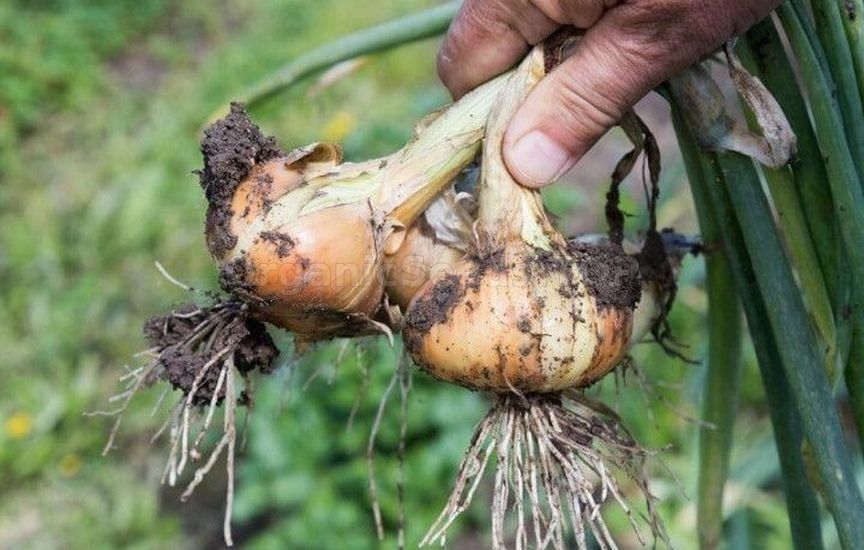 Bruised, damaged, or pest-affected specimens also won’t last long—they rot quickly and become a source of infection. Clumps of wet soil, undetected vegetables with signs of disease—another serious reason for rapid spoilage. To minimize losses, harvest in dry weather. Before storing, gently clean vegetables of clinging dirt by hand or with a soft brush (do not wash!). For several days, thoroughly dry root crops, tubers, and bulbs in a well-ventilated, shaded area. Sort the harvest: only whole, healthy, mature vegetables should be stored. Specimens with minor damage, as well as overripe ones, should be set aside and used or processed first. Mistake #2. Universal Approach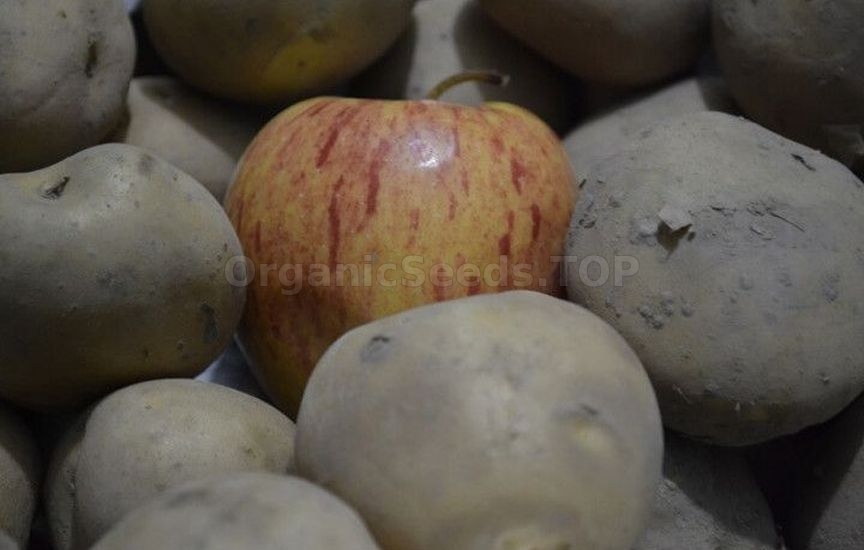 Different vegetables require different storage conditions. Throwing potatoes, carrots, cabbage, and onions into one pile is a big mistake. Potatoes store well at temperatures from 2 to 4°C. Carrots, beets, and cabbage spoil less at 0–1°C. The same temperature is suitable for storing winter garlic and onions. Onions and spring garlic can also be stored at home: in a dark and dry place at 18–20°C in nets, braids, boxes, or perforated containers. But it’s not just about temperature. Root crops (carrots, beets, celery) store well at high humidity (85–95%). To keep them longer, they are covered with moist sand or sawdust. Onions and garlic, on the contrary, require dry air (humidity no higher than 70%), otherwise the bulbs begin to sprout and rot. Some vegetables also emit ethylene gas, which accelerates ripening and spoilage of "neighbors." For this reason, apples are best stored separately from cabbage, pumpkins, squash, and root crops. Zone your cellar. Place boxes with different vegetables at different levels: the most cold-resistant (cabbage, potatoes) closer to the floor, and those sensitive to freezing (onions, garlic, pumpkins) on higher shelves. For storing apples, pears, and other fruits, allocate a separate area with good ventilation. The air temperature there should be between 1–5°C, and humidity 85–90%. Mistake #3. Improper Containers and Packaging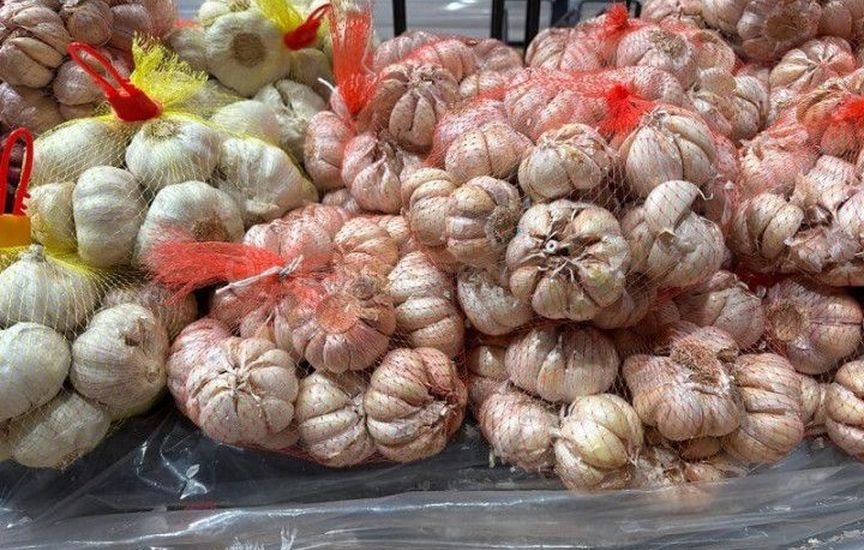 Piled in a corner or sealed in a plastic bag—two extremes that ruin the harvest. In the first case, it’s hard to ensure good ventilation and regularly inspect the vegetables to prevent spoilage. In airtight bags, carbon dioxide and condensation accumulate, creating a greenhouse effect and triggering decay. The ideal option for storing potatoes and onions is wooden or plastic crates with slits to allow air circulation. Nets are also great for storing onions, garlic, and potatoes. They ventilate well and make it easy to spot any problems. In boxes and containers without holes, you can store root crops that need to be covered with sand or sawdust for winter. These include carrots, beets, root celery, radish, and turnips. Sand or sawdust for covering vegetables should be fresh each year. If you have few root crops and store them on a balcony or in a refrigerator, you can use plastic bags, but only perforated ones. If you choose this packaging, be sure to make many holes for ventilation. Mistake #4. Lack of Monitoring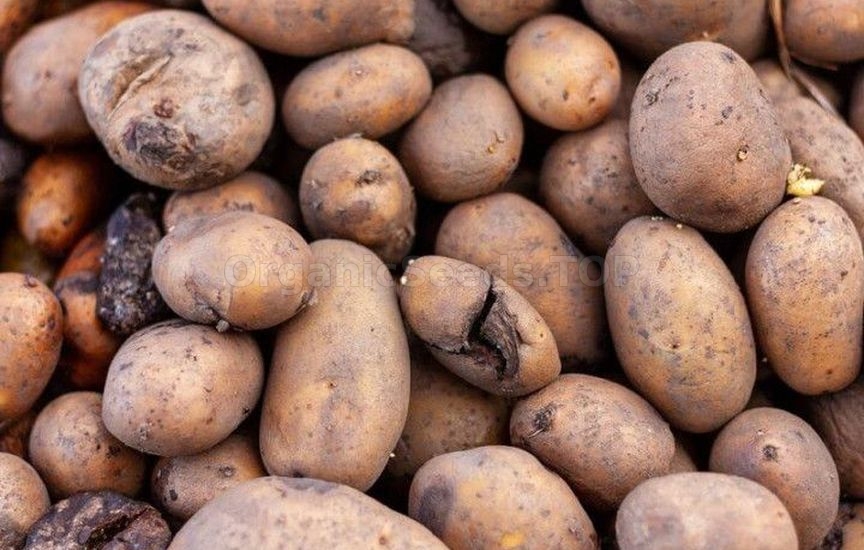 Without regular monitoring, you can also lose your harvest. One spoiling vegetable can infect nearby root crops or tubers within a week or two. The microclimate in the cellar can also change: becoming too dry or too humid, which affects the preservation of different vegetables. Damage can also be caused by rodents or insect pests. Check your supplies at least once every 2–3 weeks. Remove all suspicious, softened, or sprouted vegetables. Hang a thermometer and hygrometer in the cellar. If humidity is high, place packets of silica gel or vermiculite, or containers with quicklime or salt to absorb moisture. If the air is too dry, place containers with water. On relatively warm and dry winter days, be sure to ventilate the cellar to refresh the air and reduce CO2 levels. Mistake #5. Neglecting Storage Disinfection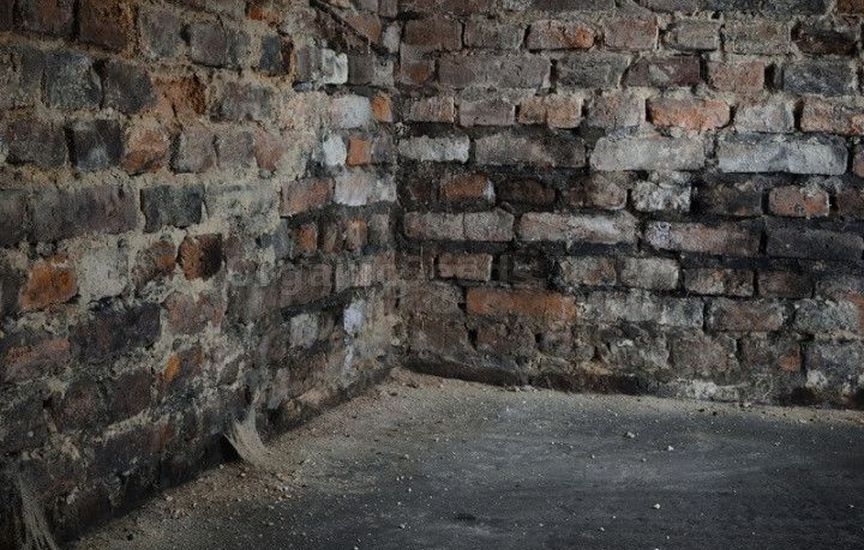 Storing the harvest in a cellar where fungal spores and bacteria from the previous year remain is a very bad idea. Pathogens will immediately "attack" the vegetables. 1–2 months before storing the new harvest, thoroughly clean the cellar of debris and remnants of last year’s vegetables. Disinfect the walls, shelves, and boxes. You can use a sulfur checker, whitewash the walls with lime (which both disinfects and regulates humidity), or treat surfaces with a strong solution of potassium permanganate. Storing vegetables is not just stacking them—it’s a whole "science" based on understanding plant physiology and creating conditions under which produce won’t spoil for as long as possible. By avoiding these five key mistakes, you’ll turn your cellar into a reliable pantry of health that will delight you with tasty and nutritious gifts from your garden until spring. |
|
|
